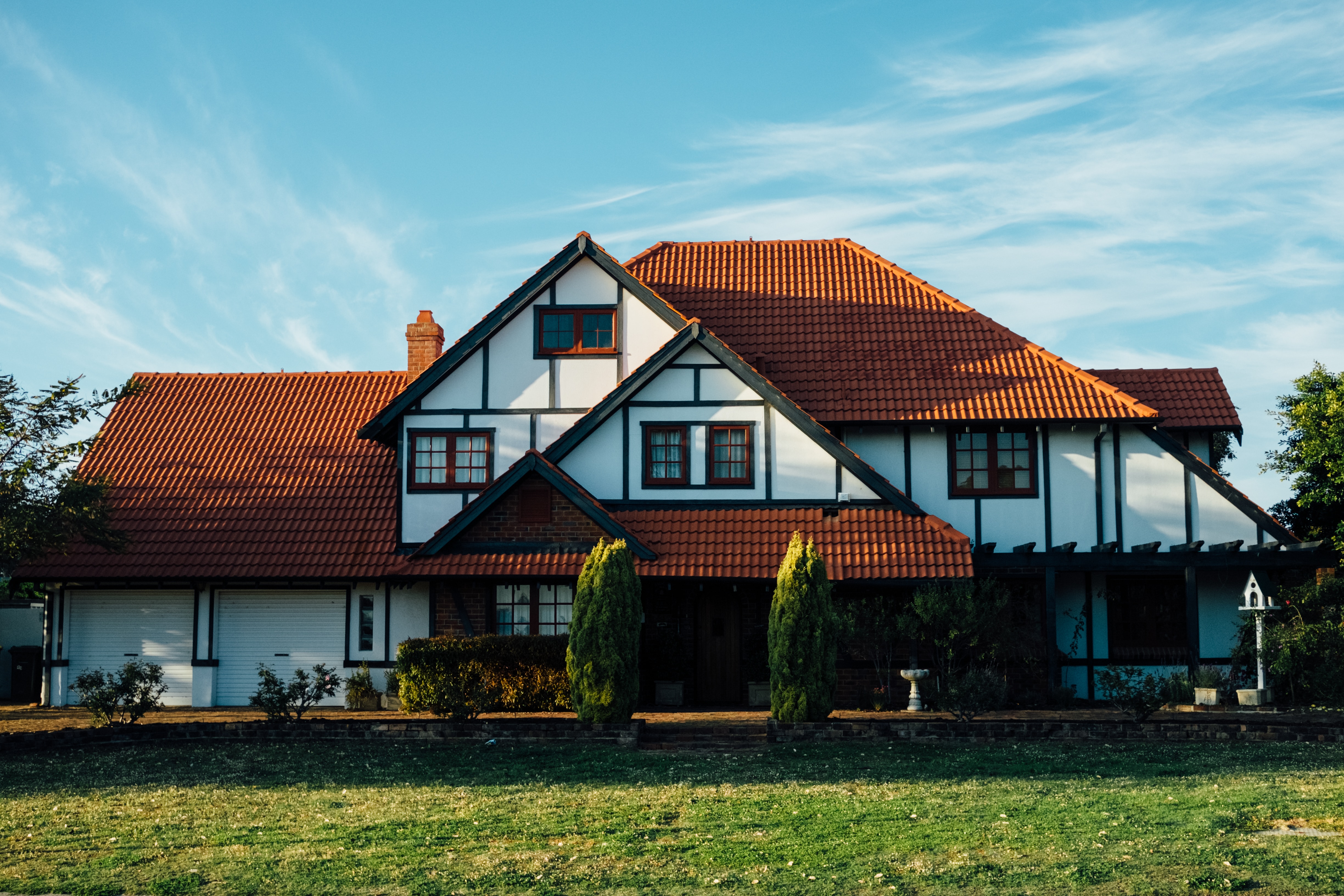Millennials, though? They could buy? Maybe! They’re saddled with record debt, though–$1 trillion student load tab according to the Wall Street Journal and Experian–and they’re stuck in a flat job market. For 18-29 year-old wannabe workers, the effective unemployment rate is 15.9 percent.
Millennials also have a shifting set of attitudes around big-ticket purchases, as well as an evolving attitude toward ownership in general. Homeownership among 25- to 34-year-olds dropped more than any other age groups from 2006 through 2011. Millennials are the drivers of the $26 billion Sharing Economy. So to them, what does “owning” even mean anymore?
Finally, bigger houses aren’t even what younger buyers want. (Average home sizes are now, after decades of growth, shrinking.) For Boomers, waiting to sell is disappearing as an option. They need to get out of their houses now, or they need to start thinking differently.
Family Living’s Shifting Shapes and Shrinking Sizes
This big housing migration coincides with another shift in how we live. Today’s American family is self-defined and more flexible than it used to be. Boomers are right there, too, with single-sex parents, families of choice, and multi-gen homes.
Across generations, the flex is happening – but look at the numbers alone for a second. The number of single-person households in 1950 was around 22% of Americans, according to the U.S. Census. Singles now make up 27% of U.S. households. That makes McMansions a mismatch for a big swath of the population, no matter your age group.
Urban Pull
The pressures of urbanization will also affect how we live, bringing, no doubt, a change in housing structures, acceptable house sizes, and necessary amenities. Leigh Gallagher’s book, “The End of the Suburbs,” details a migration back to the city.
Already, the popularity of micro-homes, sharing, and close-to-the-action location choices are scratching an environmental and anti-consumerism itch. So who’s going to want those big Boomer homes? Dowell Myers, a demographer and urban planner at the University of Southern California told Reuters that of those “who do move, many will downsize—and it’s a big demographic group.” Myers added, that “an age-driven wave of sellers could put significant downward pressure on home prices, especially in suburban markets far from city centers that are less attractive to younger buyers.” At the very least, a horde of Baby Boomers itchy to sell will keep housing markets across the country from simmering once again.
Radical Renovations
But the housing market is starting to look good again, right? In general, yes. But the economic realities (the job market’s grinding climb), demographic forces (retirement-age families with different sets of needs than they had 20 years ago) and social shifts (like shrinking family sizes) that we’ve outlined show how many current Boomer homeowners are poised to get squeezed.
It’s time for Boomers themselves to further flex with creative housing solutions like condo conversions, boarding house conversions, co-housing, shared purchase of an apartment buildings. If they can’t get out of their current homes, Boomers need to consider radical renovations — to their houses and to their ways of life — that will allow them to age in place, bring new people into their homes, and generally start to live a little differently.


